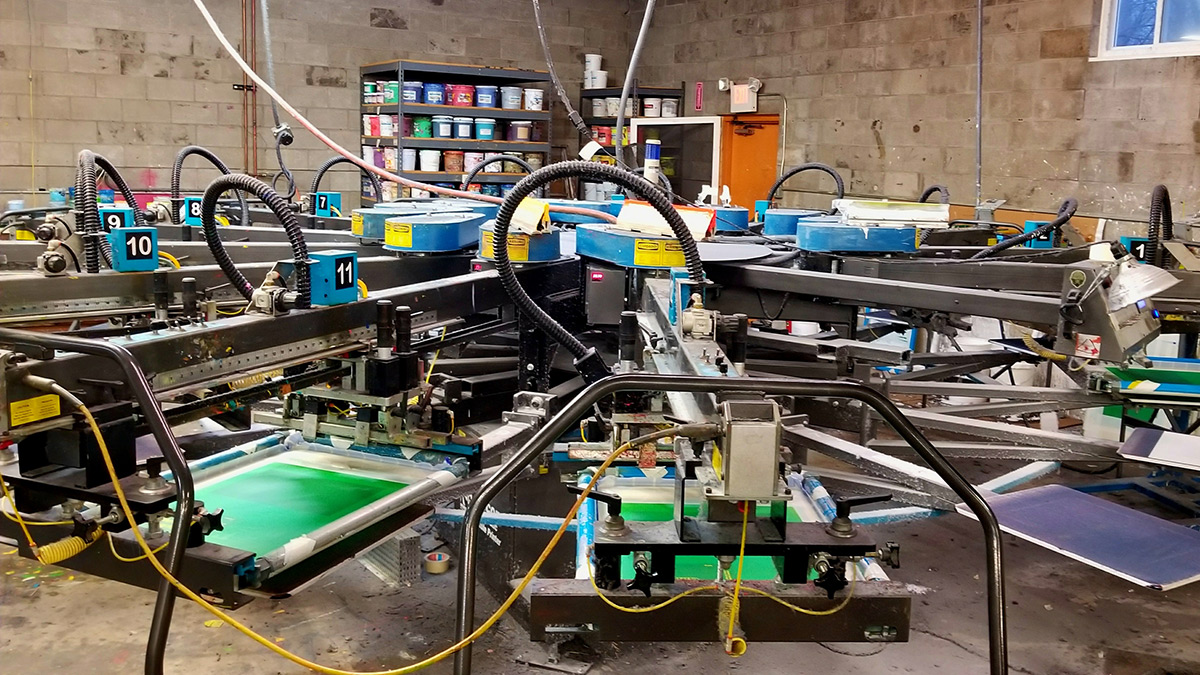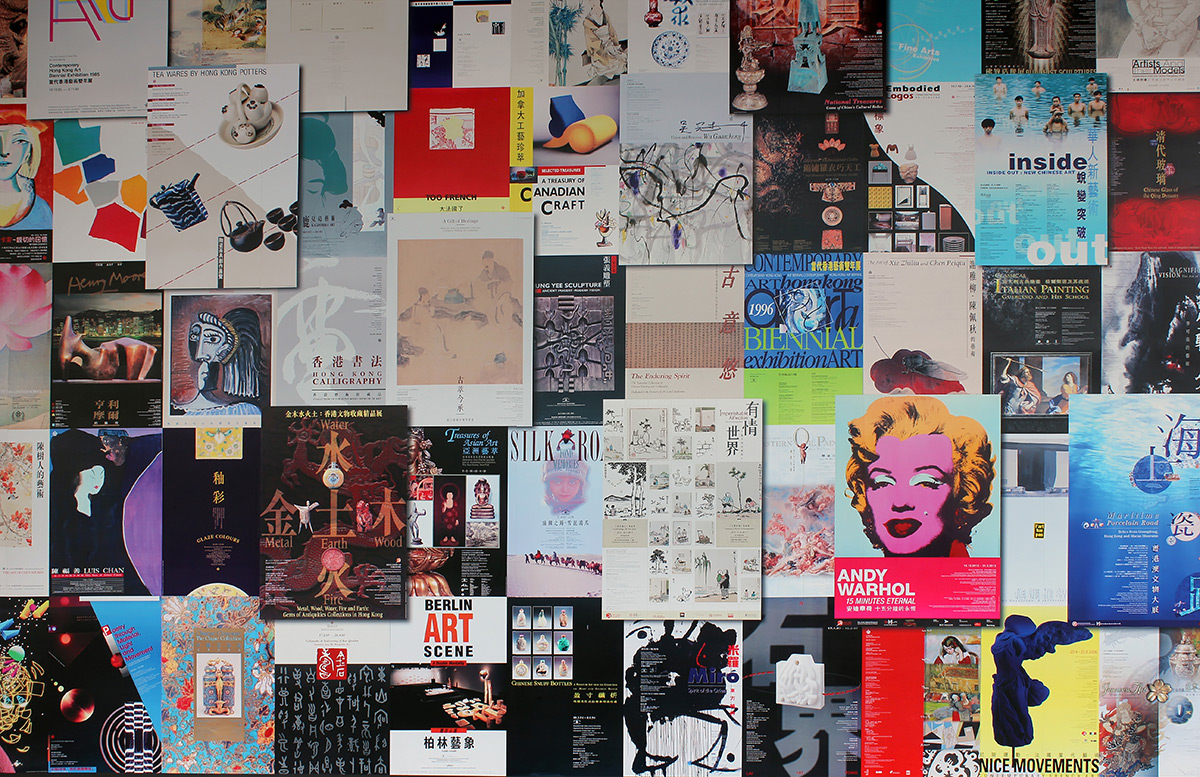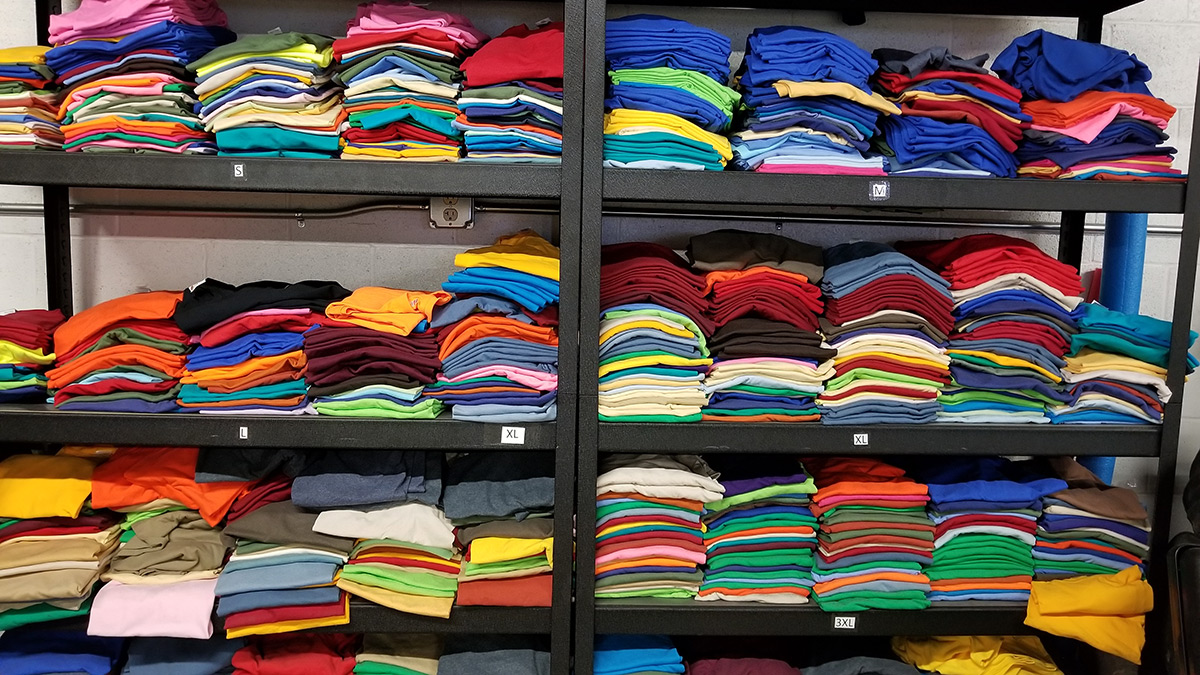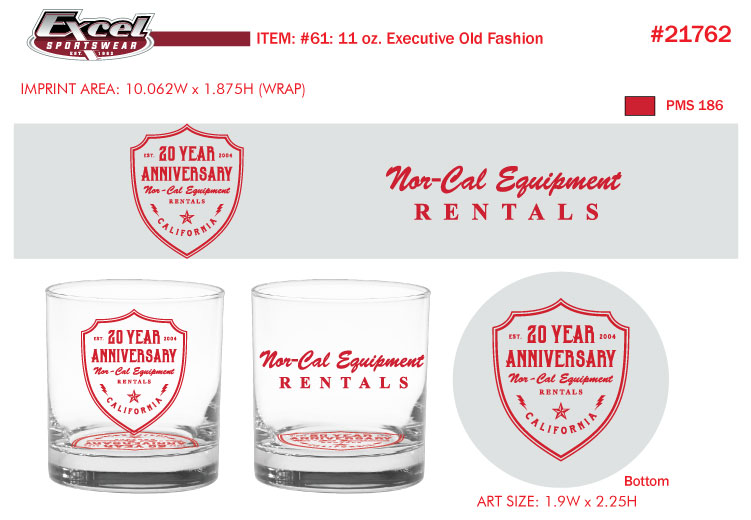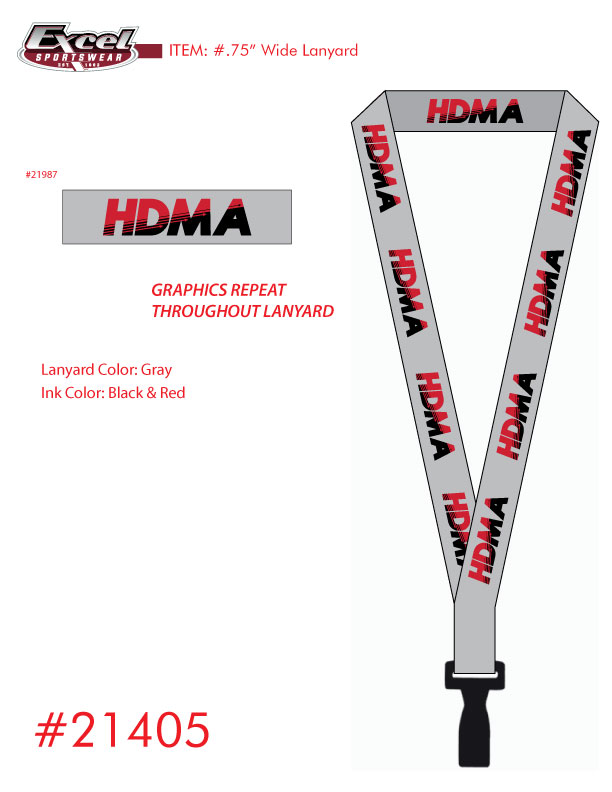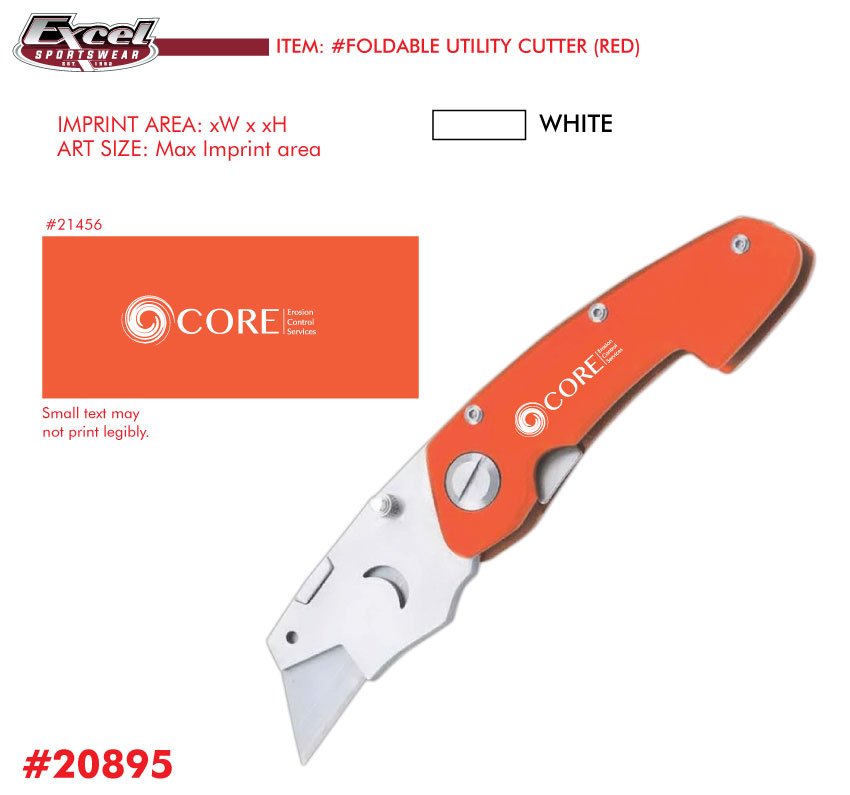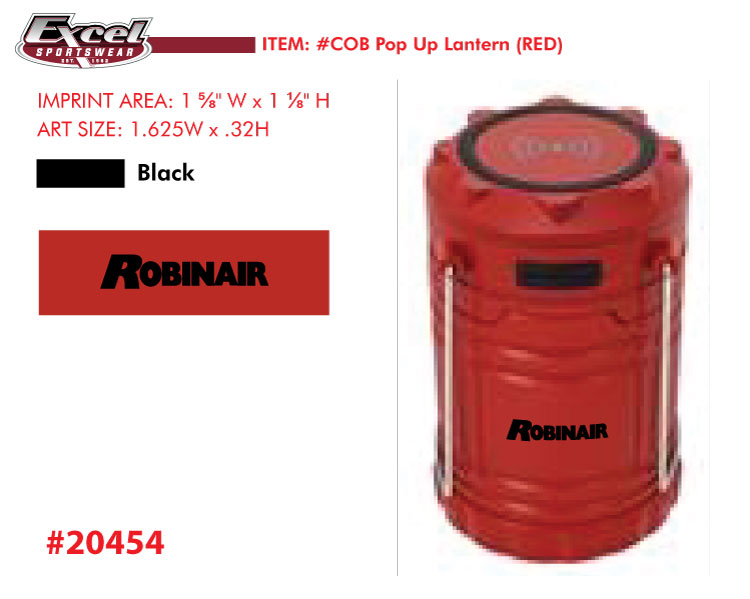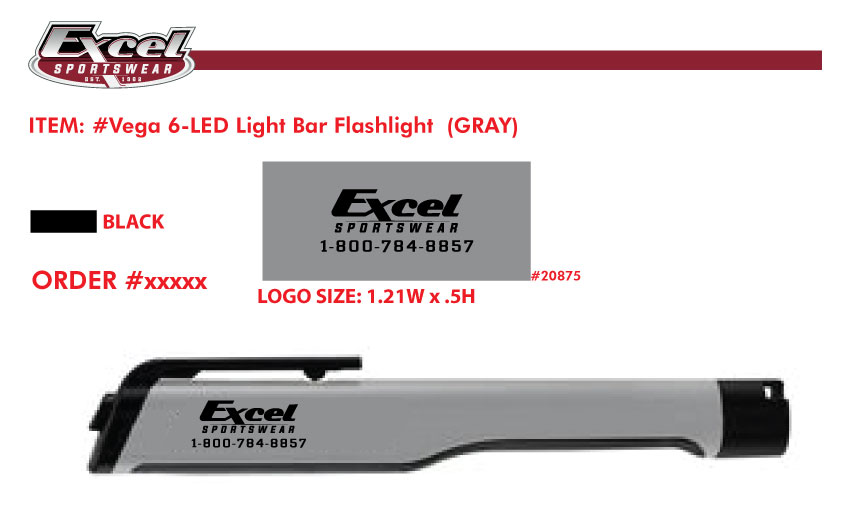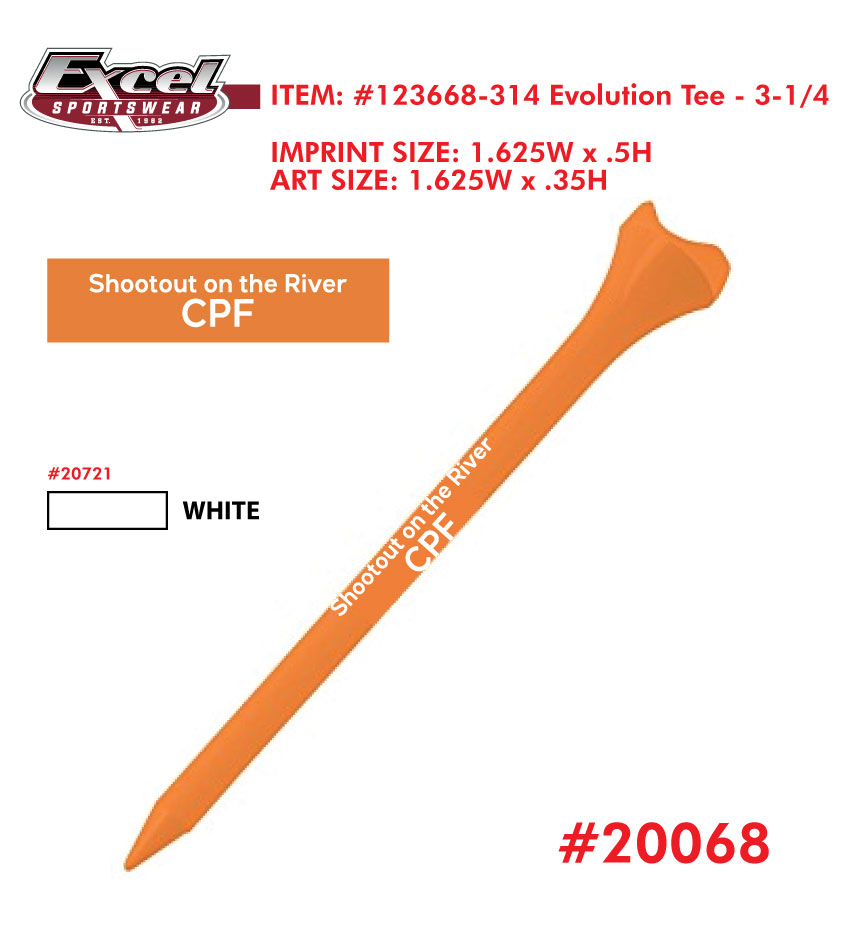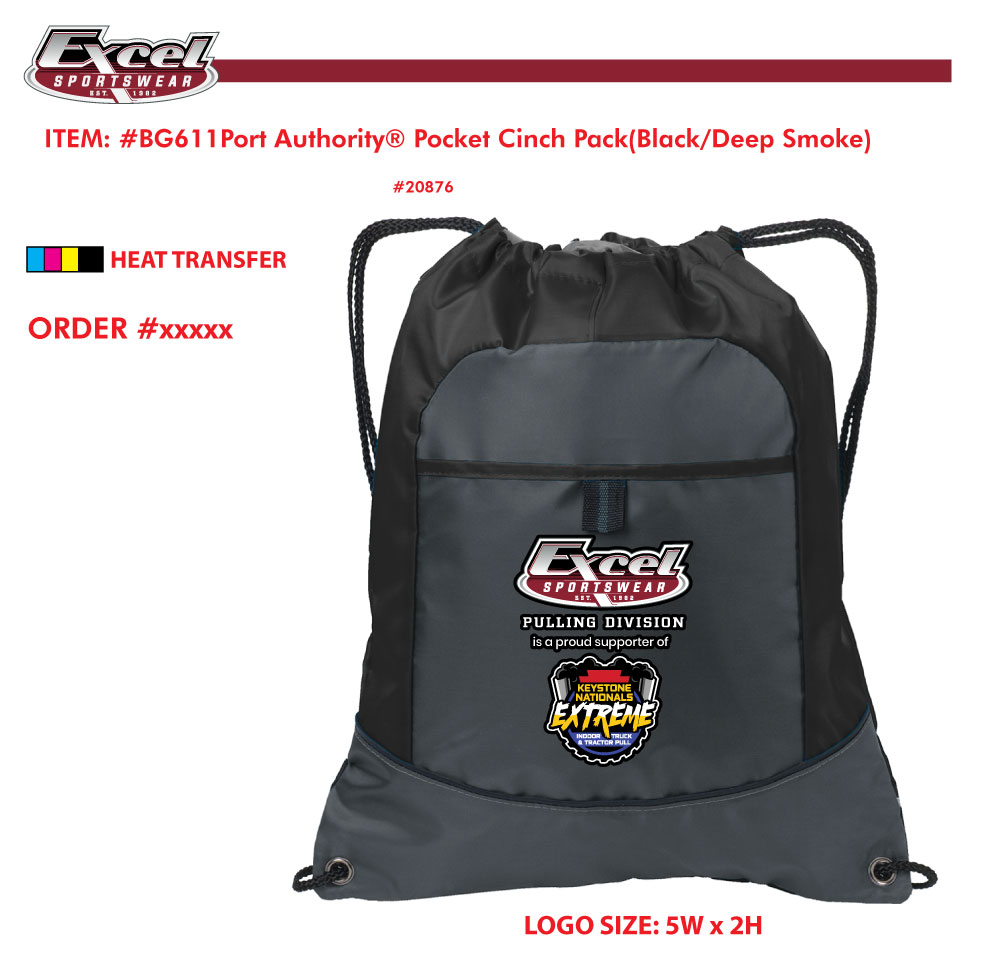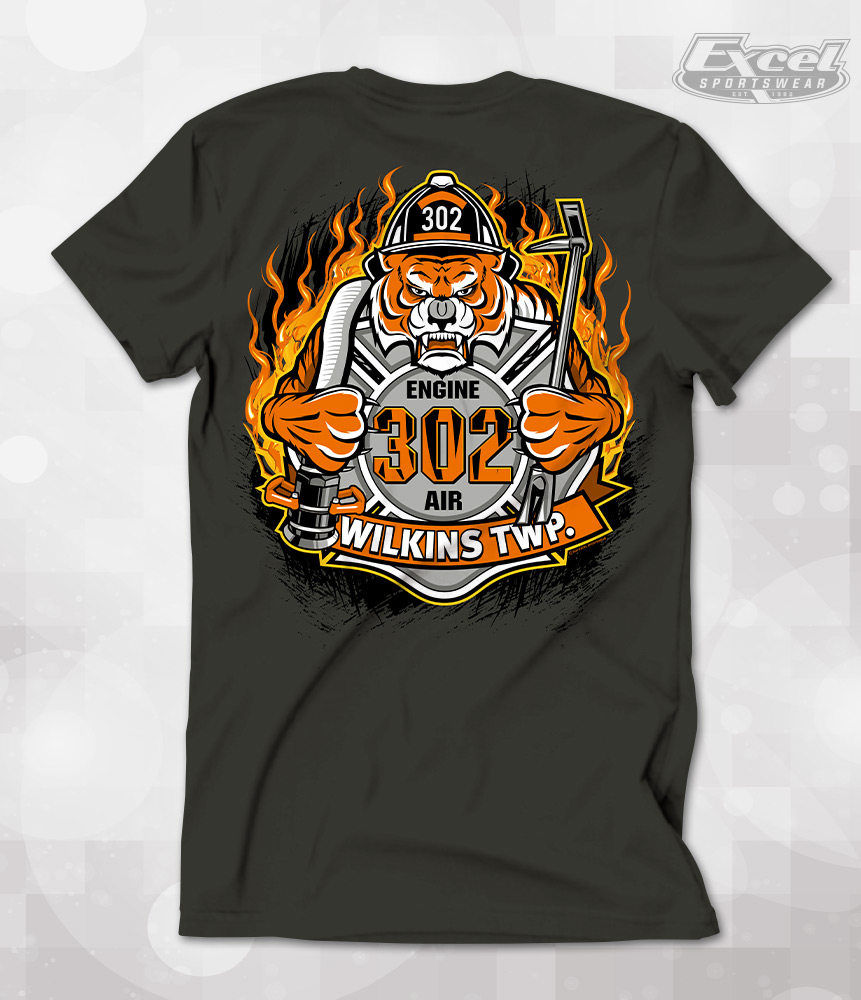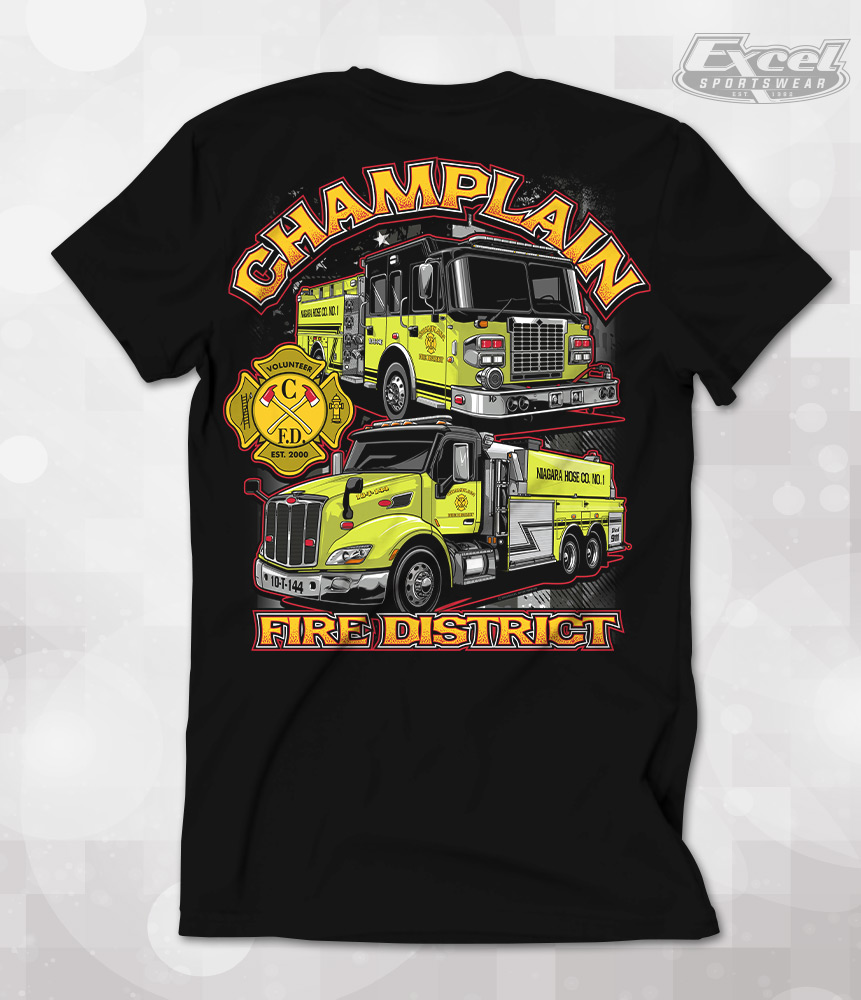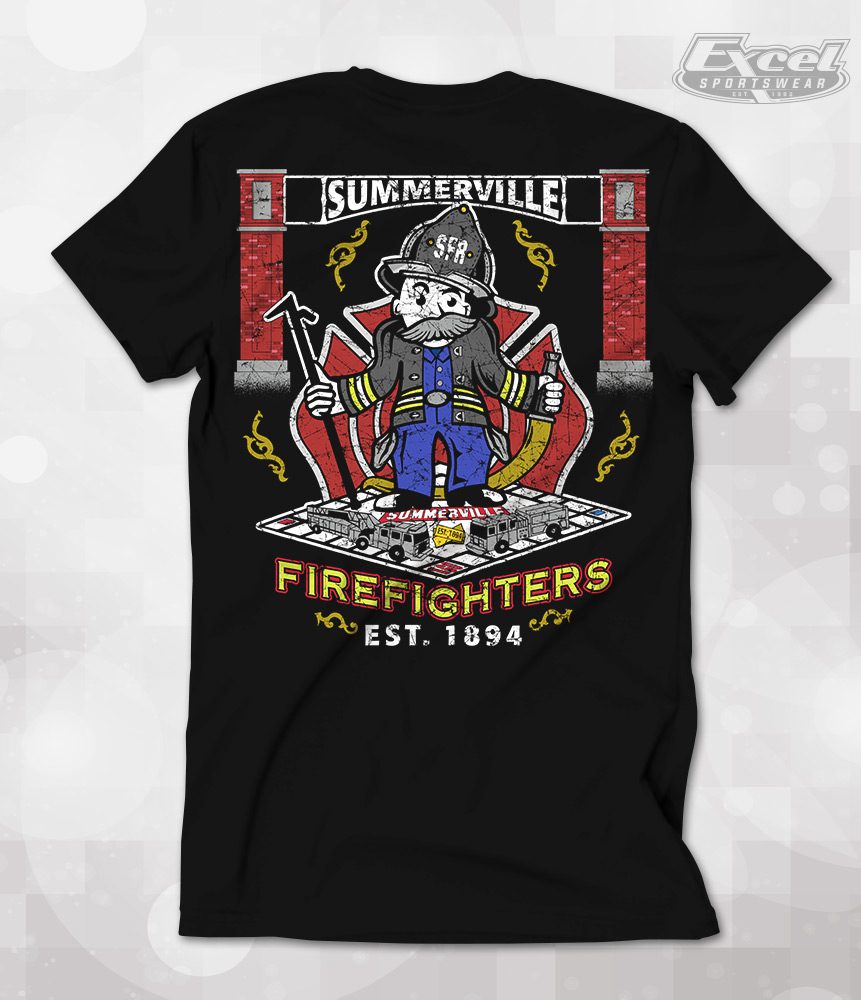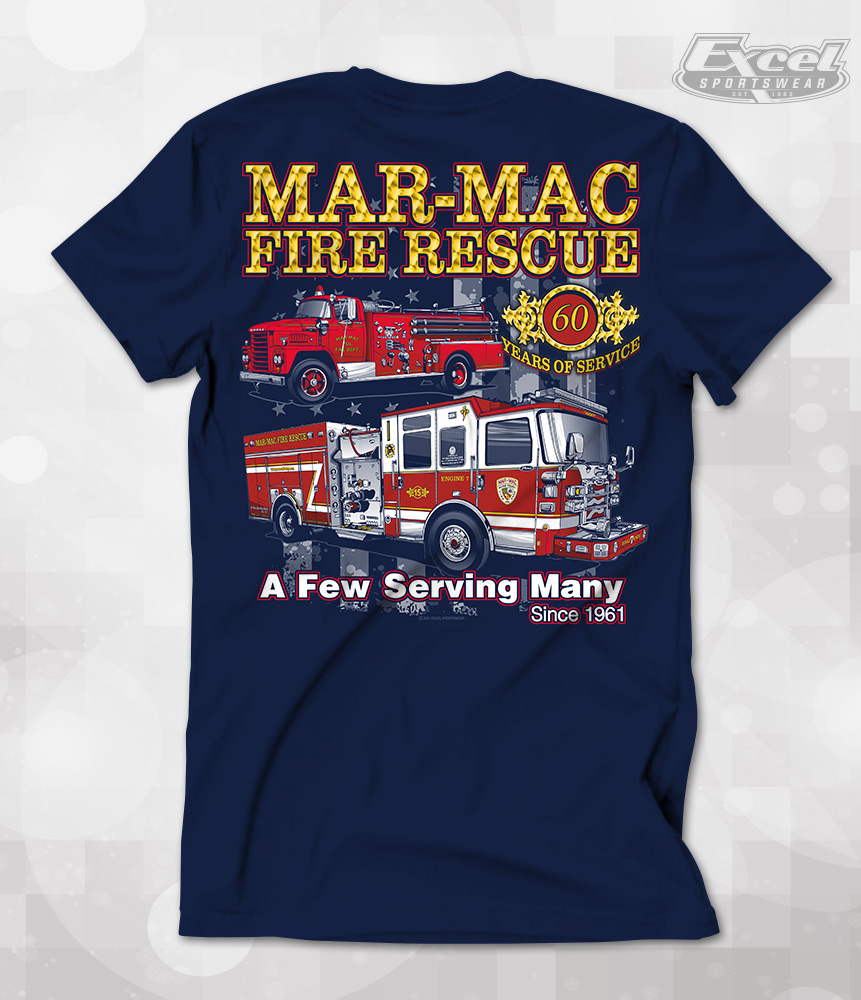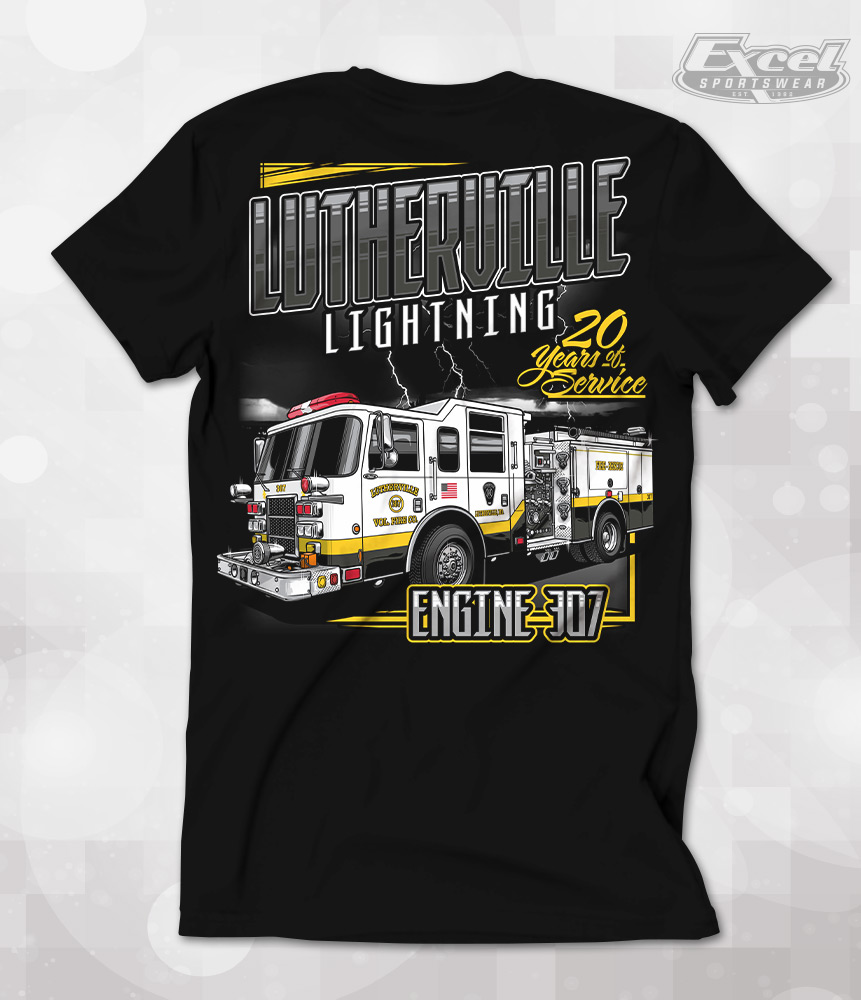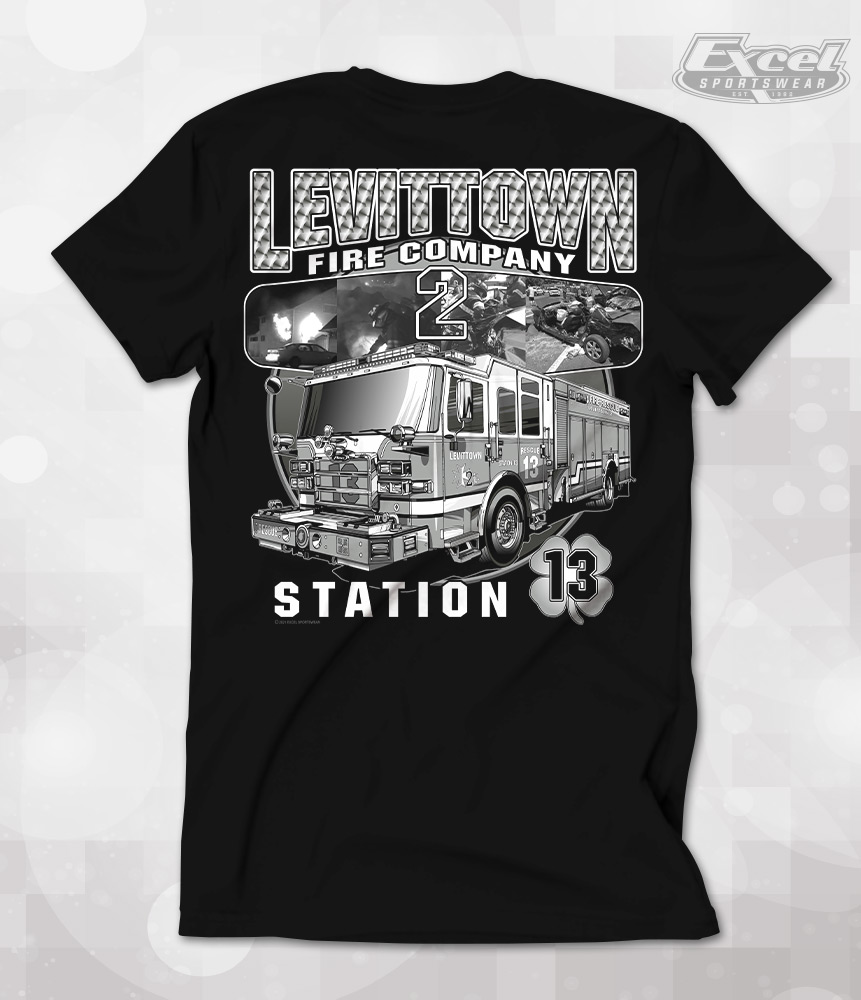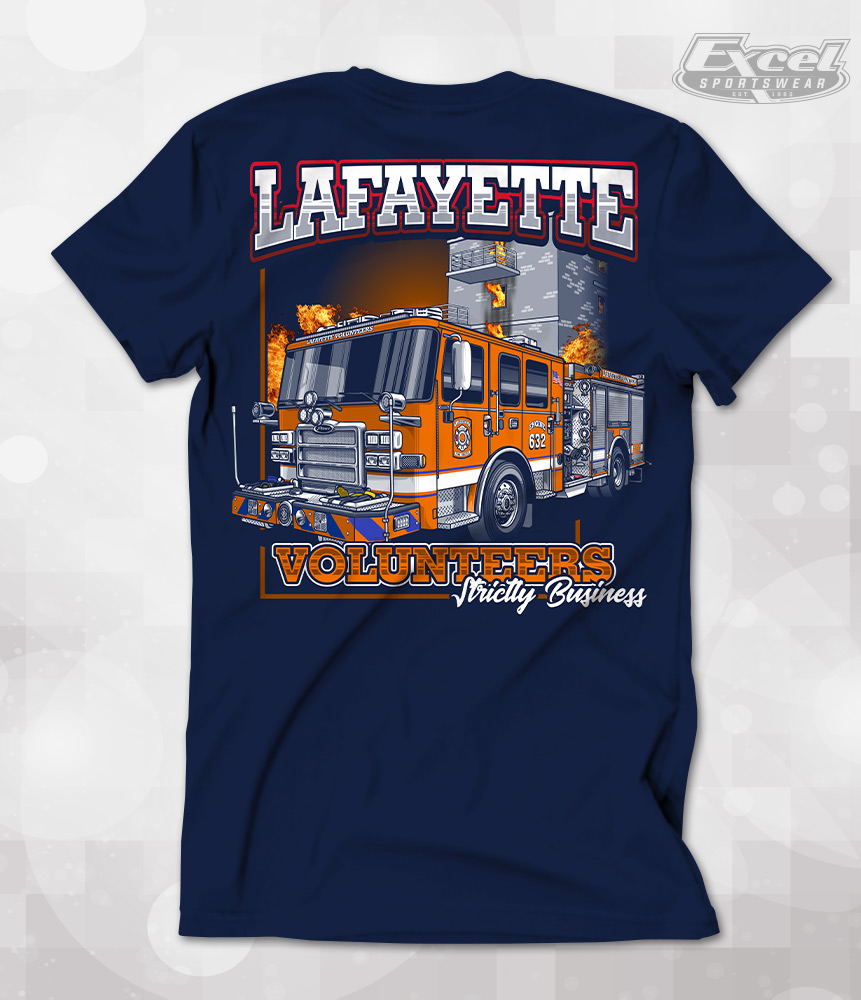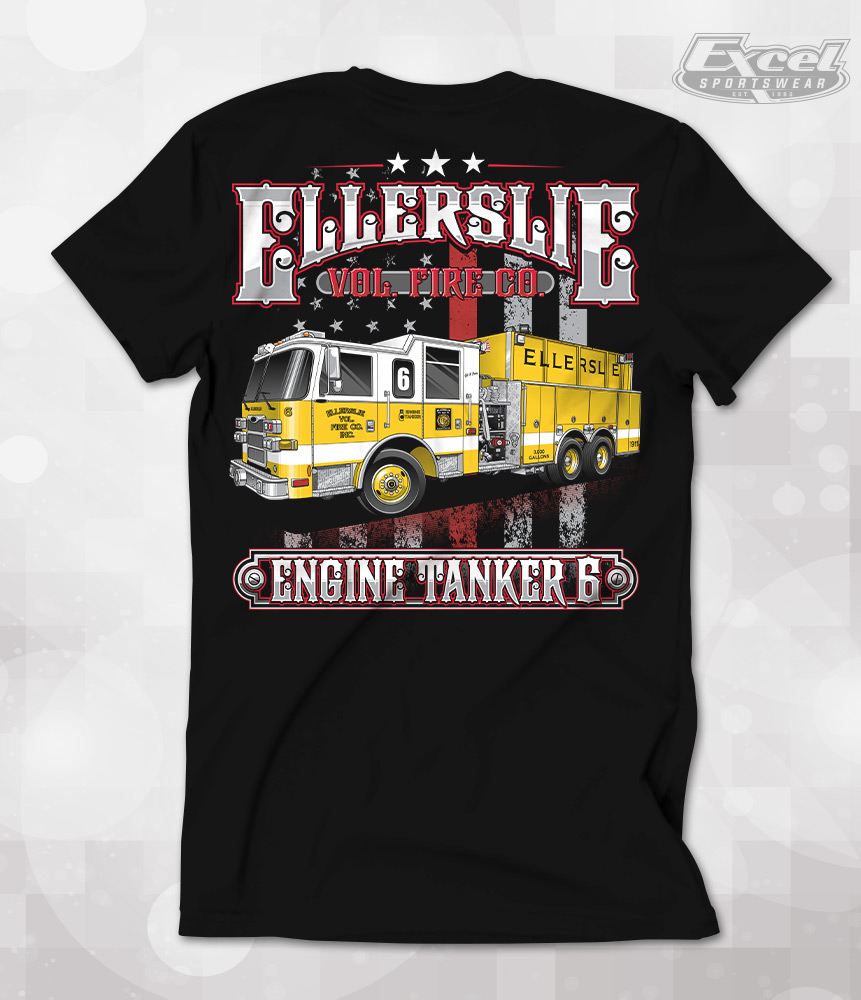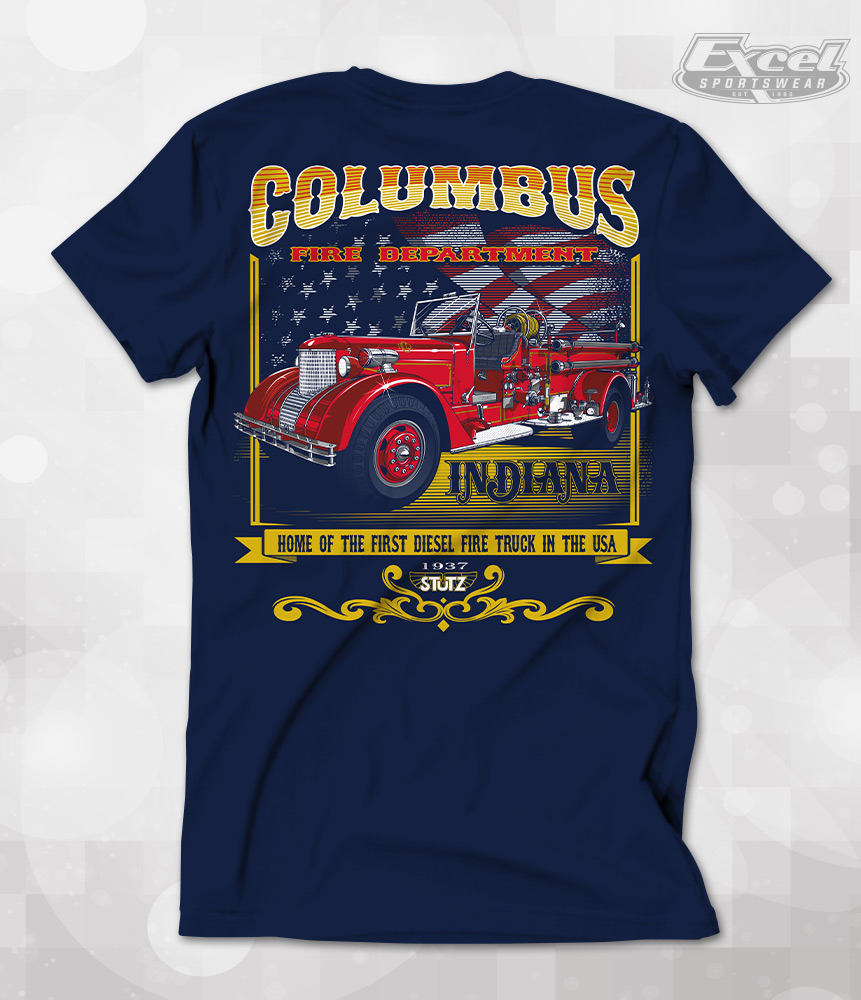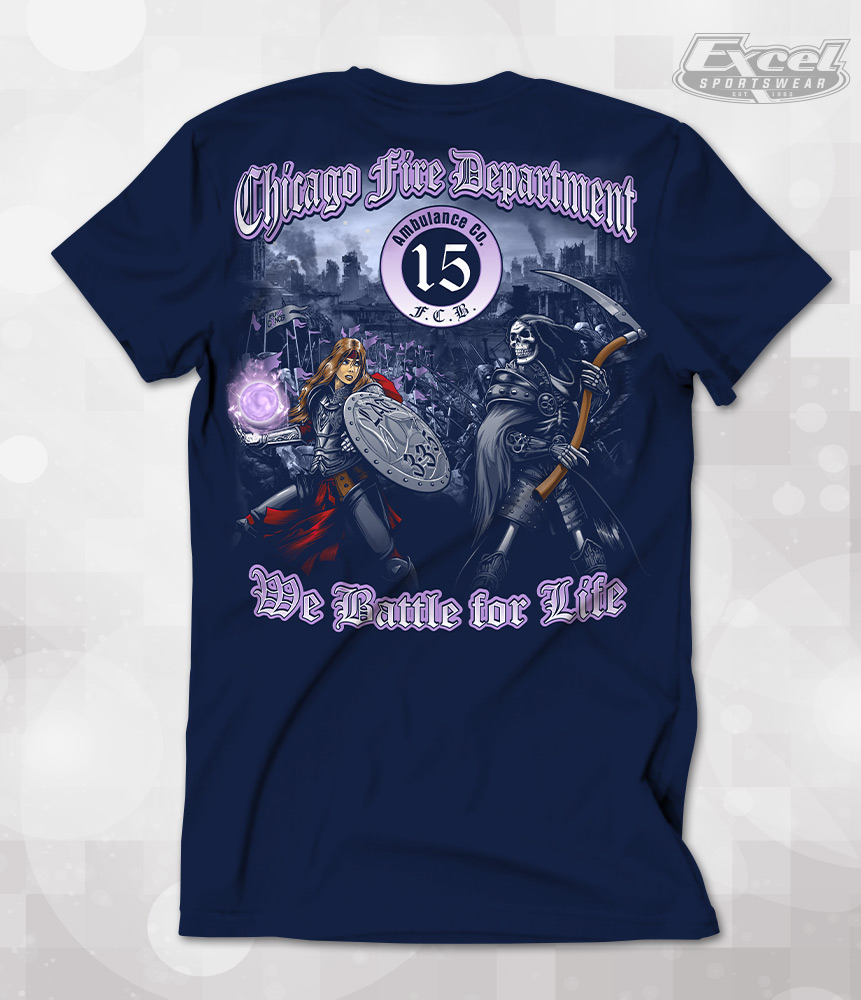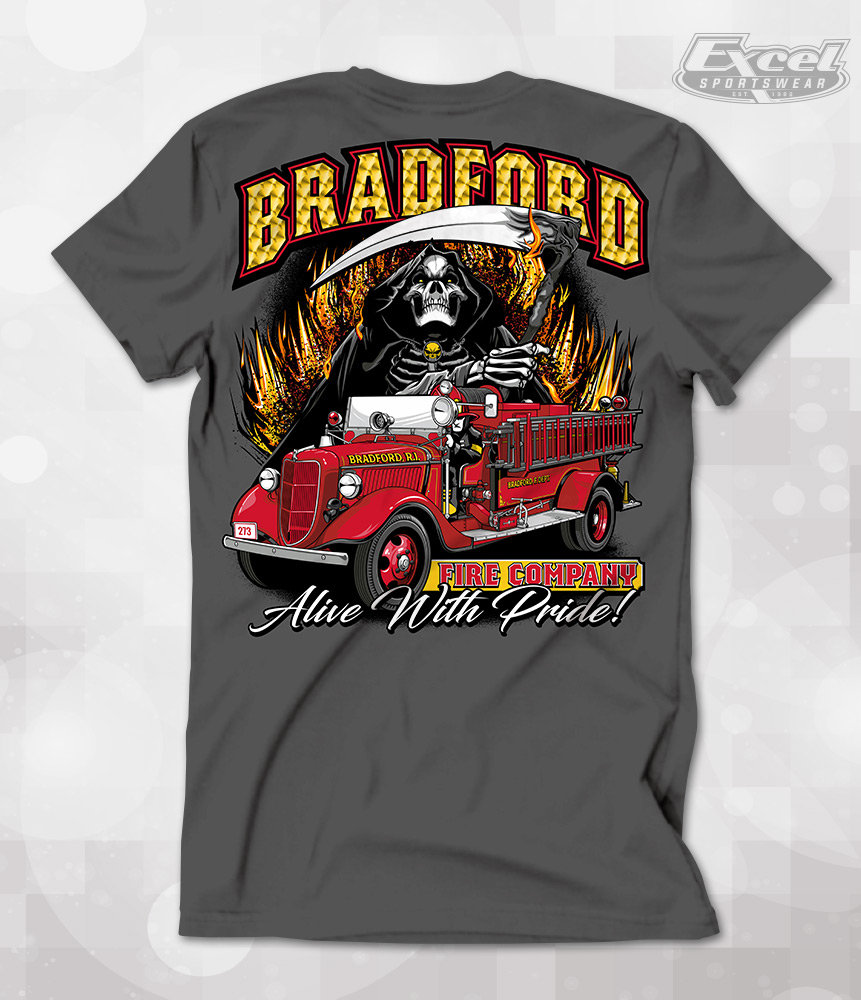Screen Printing – Modern Era History
Screen printing has been around for a long time. 1000 years in fact! In this second of three blog entries, we are going to explore the modern era and subsequent upsurge in screen printing.
The Modern Era and the Boom in Screen Printing
Printing and t-shirts initially came together in the early 1950’s when several companies in Miami, FL, began decorating t-shirts. Names of local resorts, restaurants/bars, and various mascot characters were the most popular designs. An All-American icon, Mickey Mouse, was one of the first to be featured on a printed t-shirt. An early personification of the cheerful rodent can be seen on mass-produced tees of the 1950’s.
Screen printing itself became very fashionable in Western society during the 1960’s. As mentioned in Part One of this blog, Screen Printing – A 1,000-Year Old Art Form, artist Andy Warhol is known for popularizing the technique in the U.S. He used screen printing as an artistic technique and is particularly identified with his 1962 depiction of actress Marilyn Monroe, known as Marilyn Diptych, screen printed in garish colors.
Fun fact: According to fine art writer Sarah Thornton in the November 2009, edition of the Economist, an anonymous purchaser bought Andy Warhol’s silkscreen print Eight Elvises for a reported $100 million in a private sale.
A Revolution in the Screen Printing Industry
One of the more important events during this period occurred when American inventor, artist, and entrepreneur Michael Vasilantone was granted a patent for his rotatable multicolor garment screen print machine. The original device was made to print logos, and team information on bowling garments but soon was directed to the new fad of printing on t-shirts. The patent was soon licensed by a number of manufacturers in a boom in printed outwear, making the rotary garment screen printer the most popular device for screen printing in the industry. Simply put, Mr. Vasilantone revolutionized the industry.
Eventually, the printed t-shirt became an extension of the wearer’s personality. Considered classic designs, round-neck t-shirts featuring the likes of Mickey Mouse, Coca-Cola and even the face of Marxist revolutionary Che Guevara flew off the shelves.
In the late 1960’s, the United States and other countries also experienced various social movements, including the Civil Rights era, women’s rights, and antiwar activities. Sharing these ideas that motivate such movements requires media, and silkscreen printing provided a method to create stunning graphics.
Who among us history buffs can forget “Make Love, not War,” Give Peace a Chance,” or “Flower Power”?
Soon, printed t-shirts were being worn by every demographic. From promoting the most recent holiday destination to advertising a favorite brand to even the preferred pop band. The 1970’s witnessed t-shirts printed with brightly colored album covers while in the 1980’s, plain white t-shirts with clear black font told the public to either Relax, Choose Life or Wake Me Up Before You Go-Go. Movie and TV-based shirts developed as well.
In the early 2000’s, humorous, political and “statement’ t-shirts became the rage, especially after pop celebrities started taking them on. They also became popular for charity causes and local businesses.
The Introduction of Digital Technology
Prior to digital technology, printed t-shirts were mainly produced by traditional screen printing requiring a screen for every color featured in the design. This would result in a somewhat costly process. Today, it’s quite cost effective for companies to use a Direct-to-Garment (DTG printer). DTG printing enables the printing of high-quality images on to a t-shirt. Plus, the ink is cured into the fabric, images are soft to the touch and do not lose vibrancy.
Records now indicate that printed t-shirts are more popular than ever, selling more than two billion in one year, worldwide. The most popular t-shirt material is traditional cotton, as it is easy to work with and lend beautifully to accurate, detailed screen-printing possibilities.
Though it’s most common in the garment industry, screen printing is also accessible in producing product labels, pinball machine graphics, printed electronics, snowboard graphics and more.
In the words of Andy Warhol, “It was so simple, quick and chancy. I was thrilled with it.”
That’s a lot of Screen Printed T-Shirts
About 62% of Americans claim to own more than ten screen printed t-shirts in their wardrobe. That’s roughly 1.5 billion shirts. Line those up end to end, and they’d circle the globe 34 times. The current holder of the Guinness World record for “Most T-shirts Worn at Once,” with 257 t-shirts, is Sanath Bandara. The record was set in Colombo, Sri Lanka, on December 22, 2011. The record was attempted on stage in front of a crowd of people in a public park. Bandara surpassed the previous record-holder Hwang Kwanghee from South Korea, who had worn 252 t-shirts at one time. Bandara’s record still stands as it has yet to receive a documented challenge attempt.
